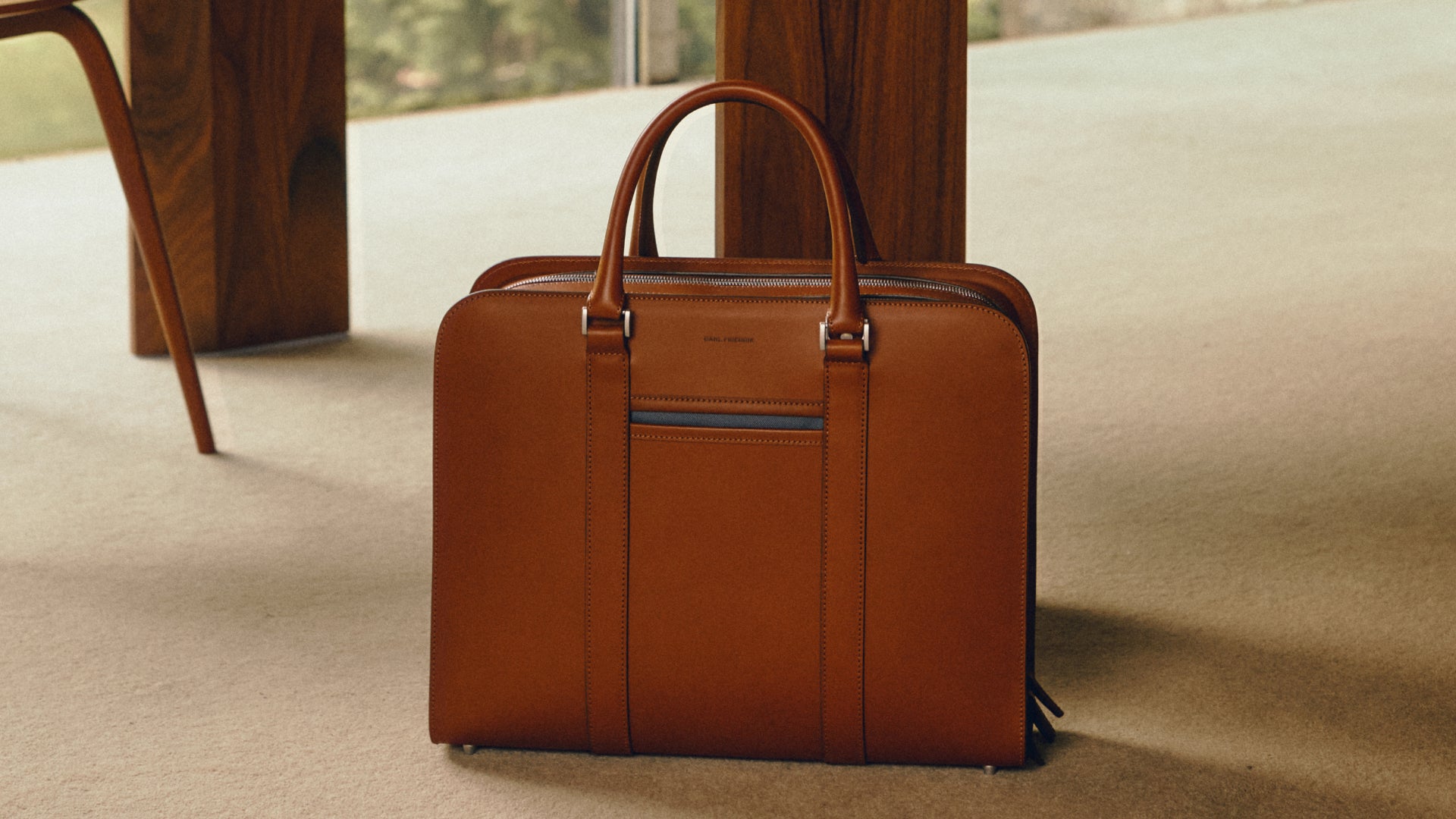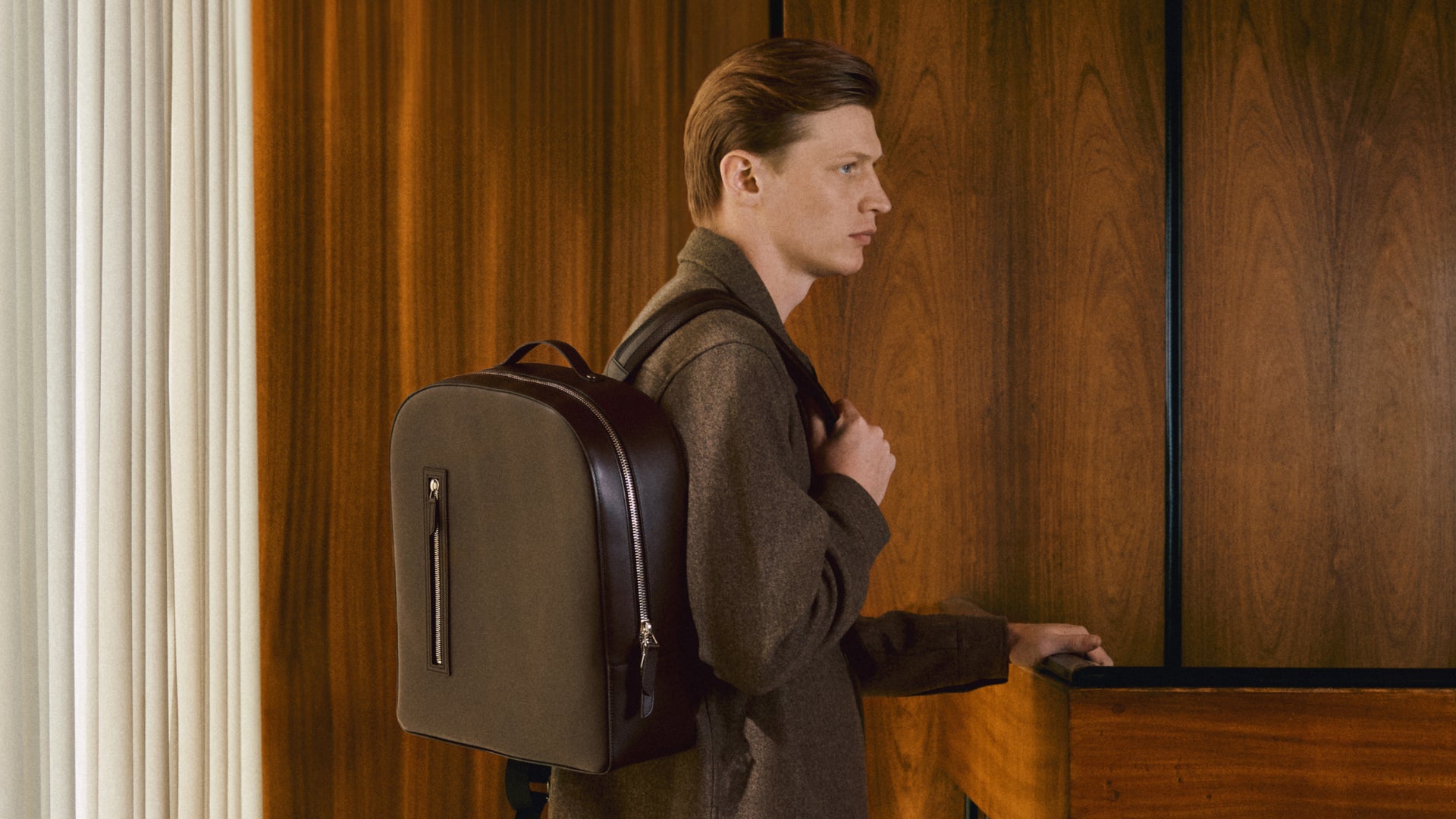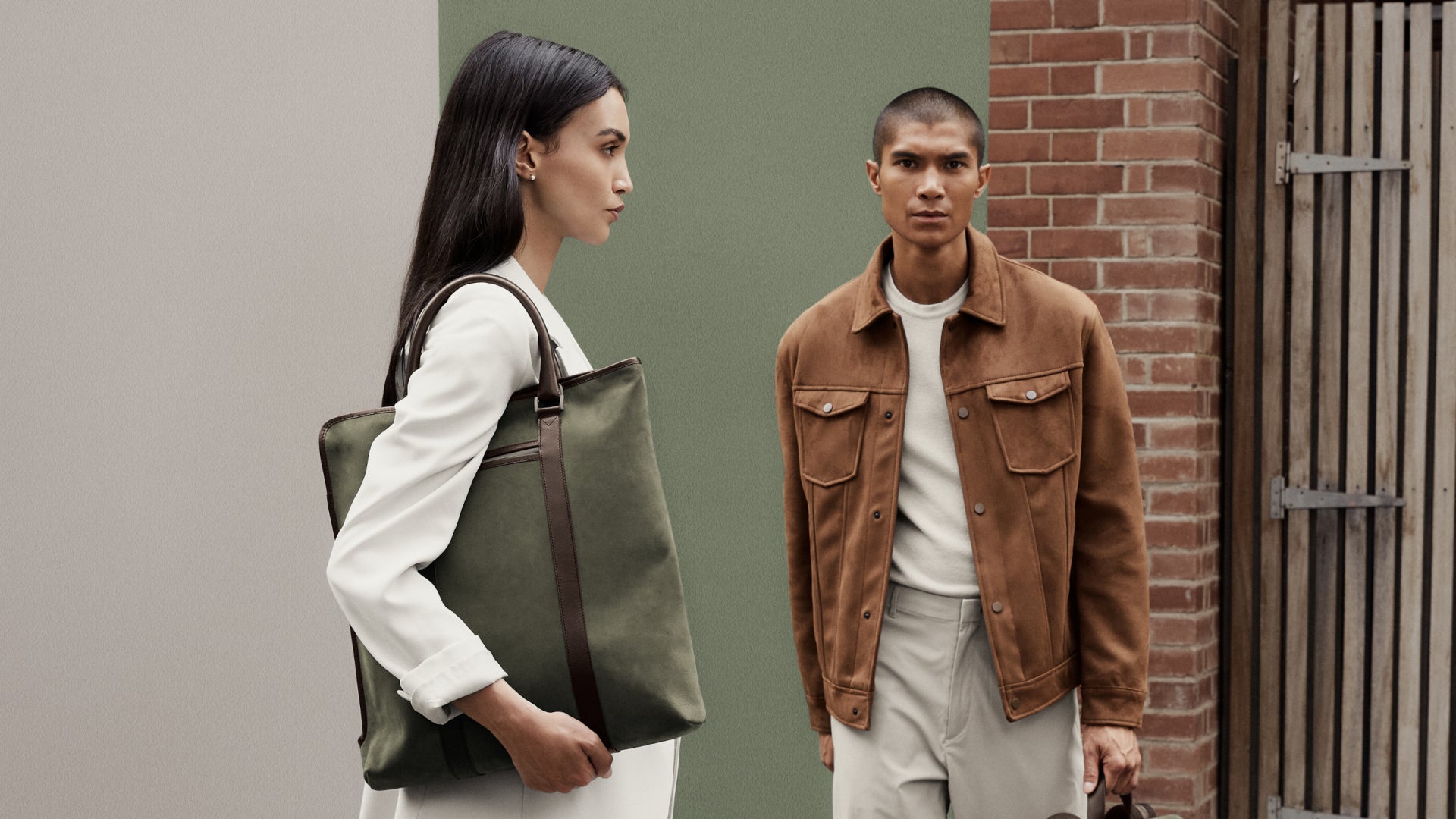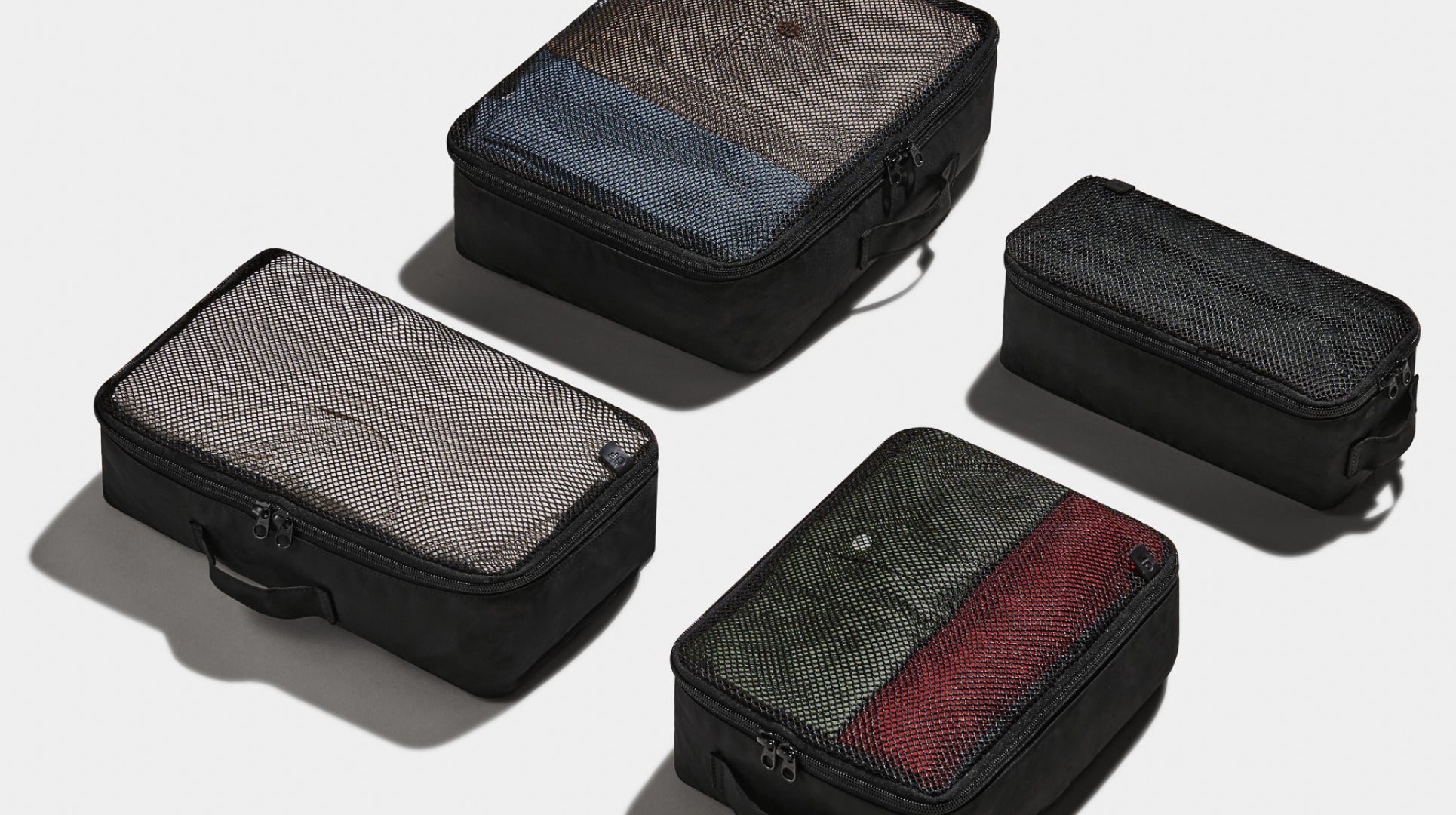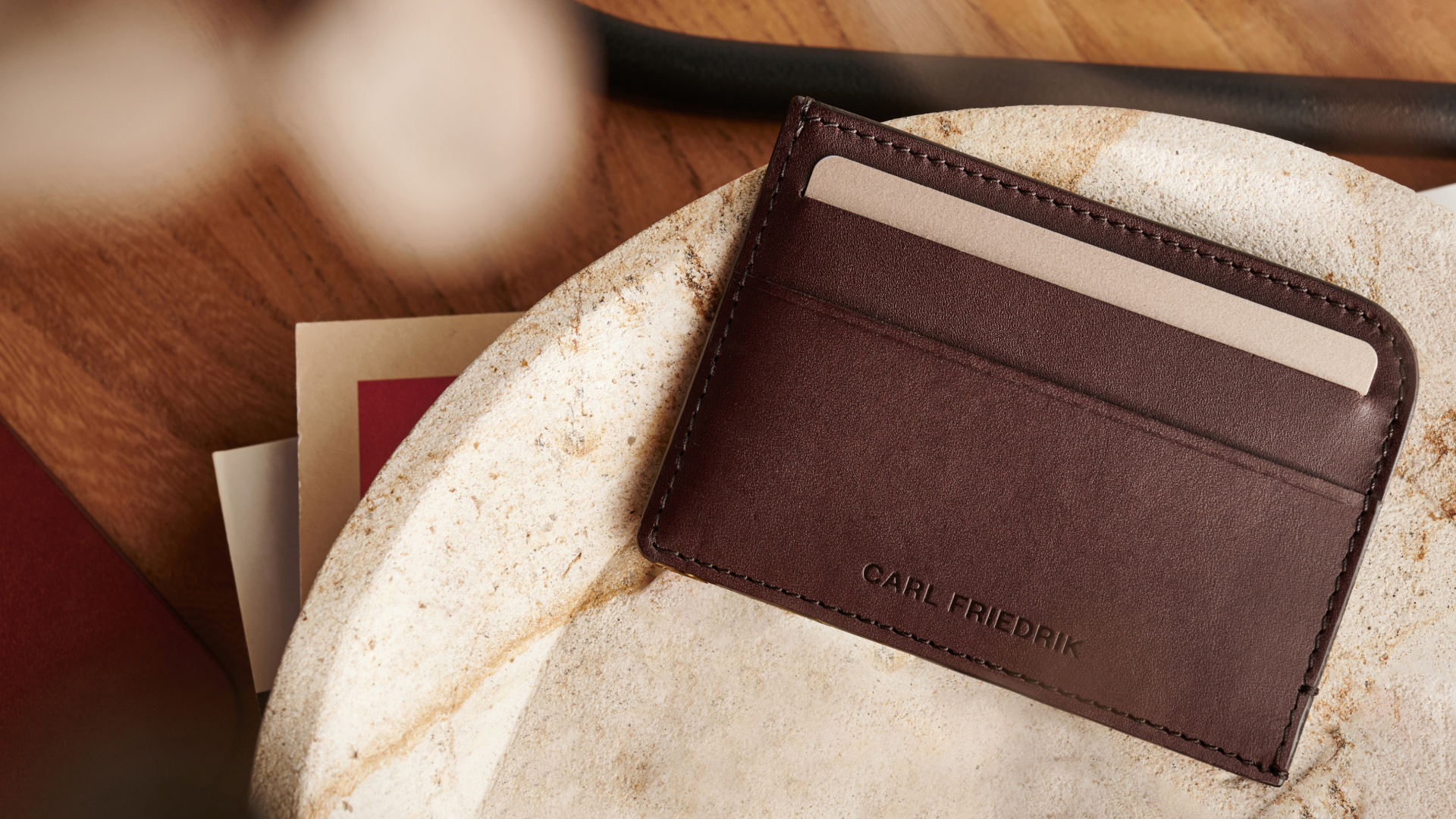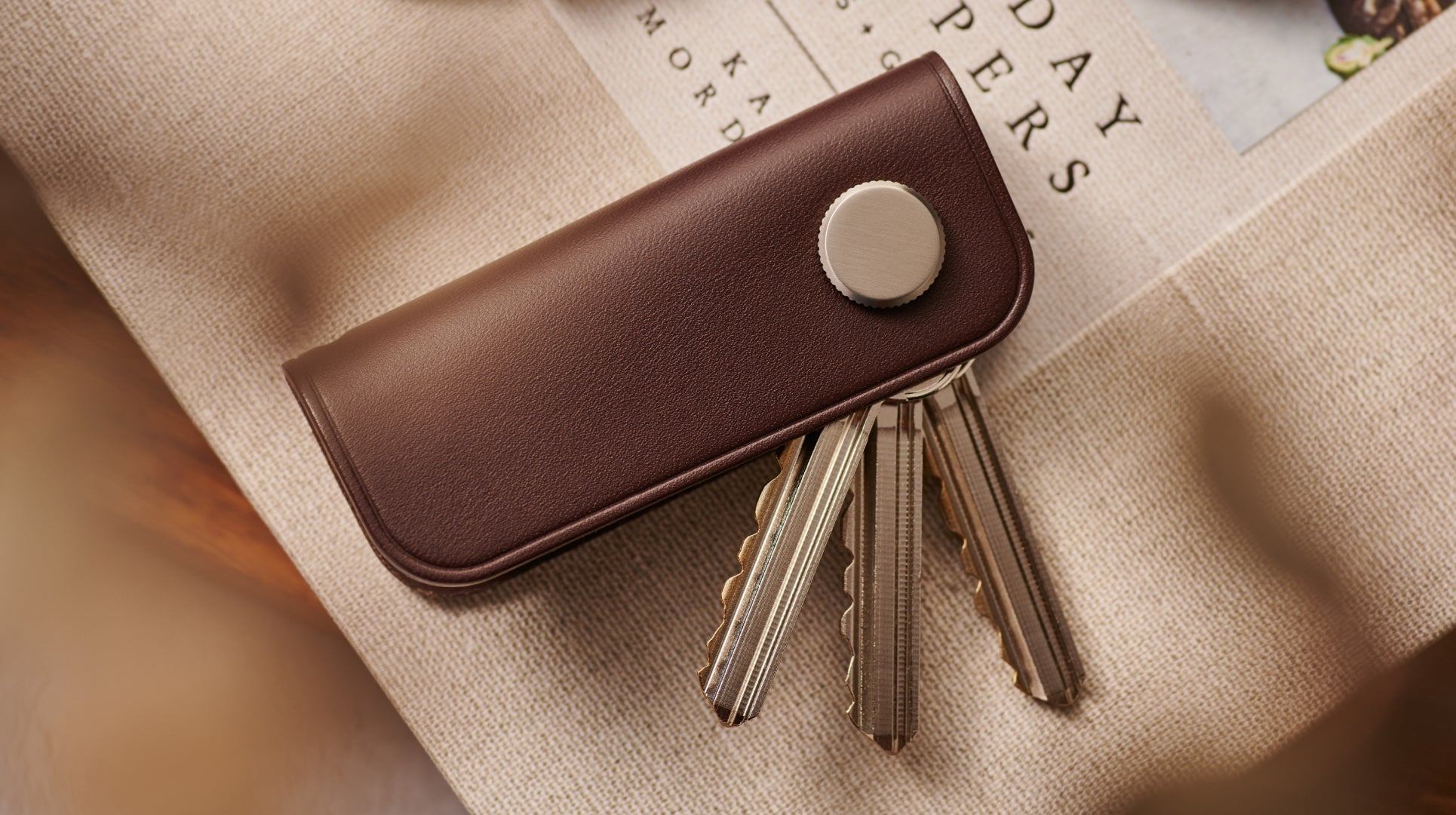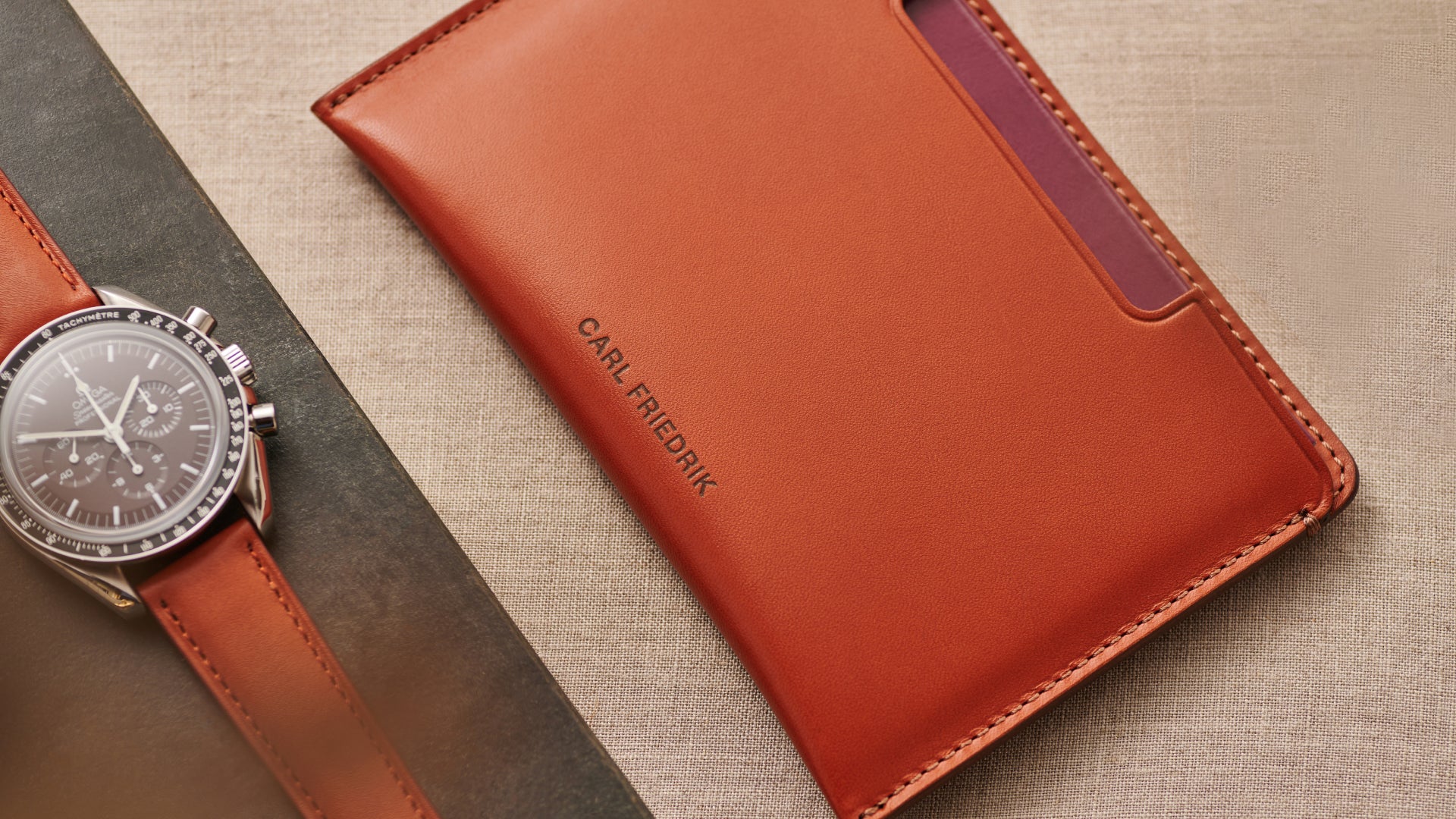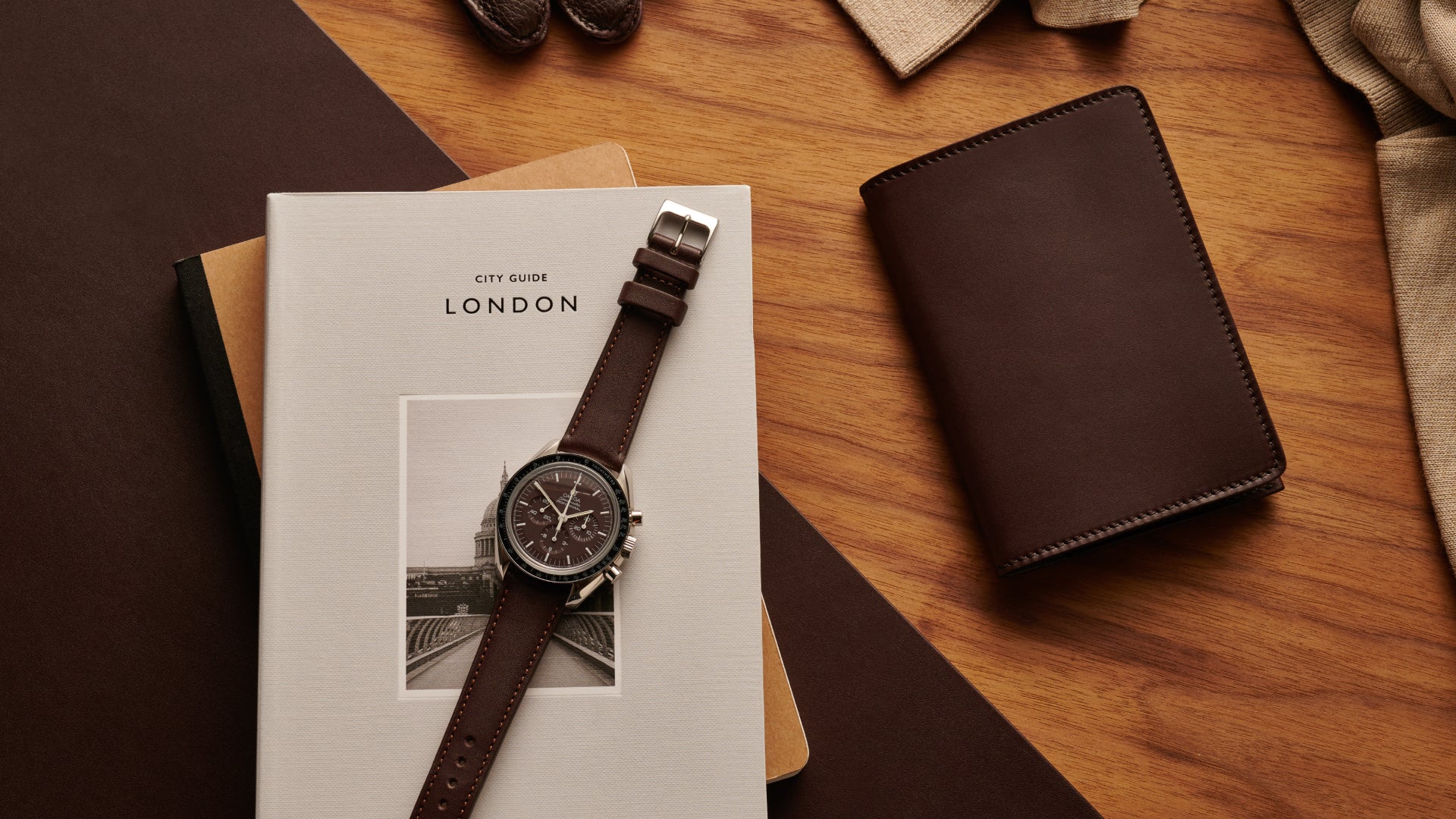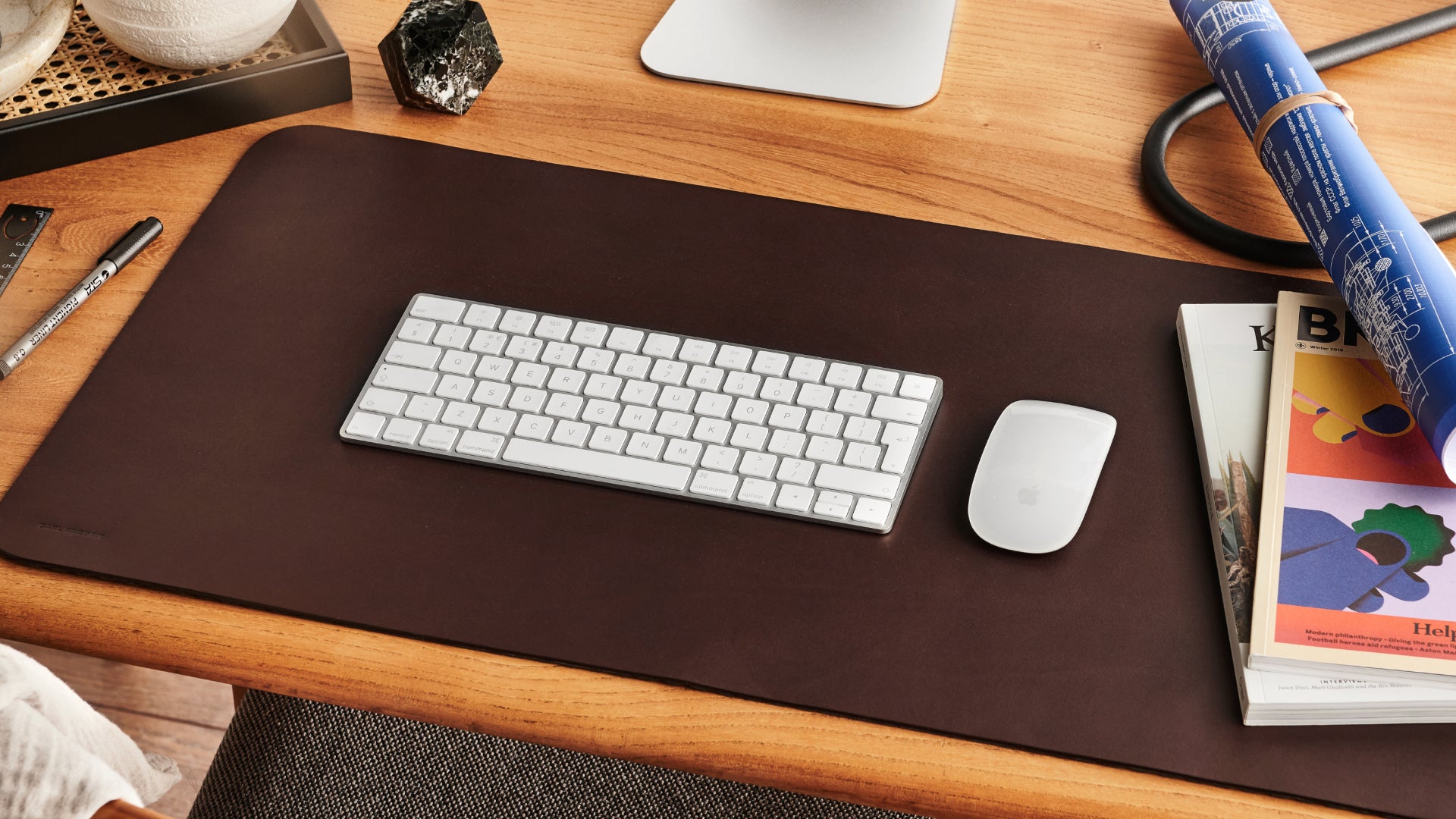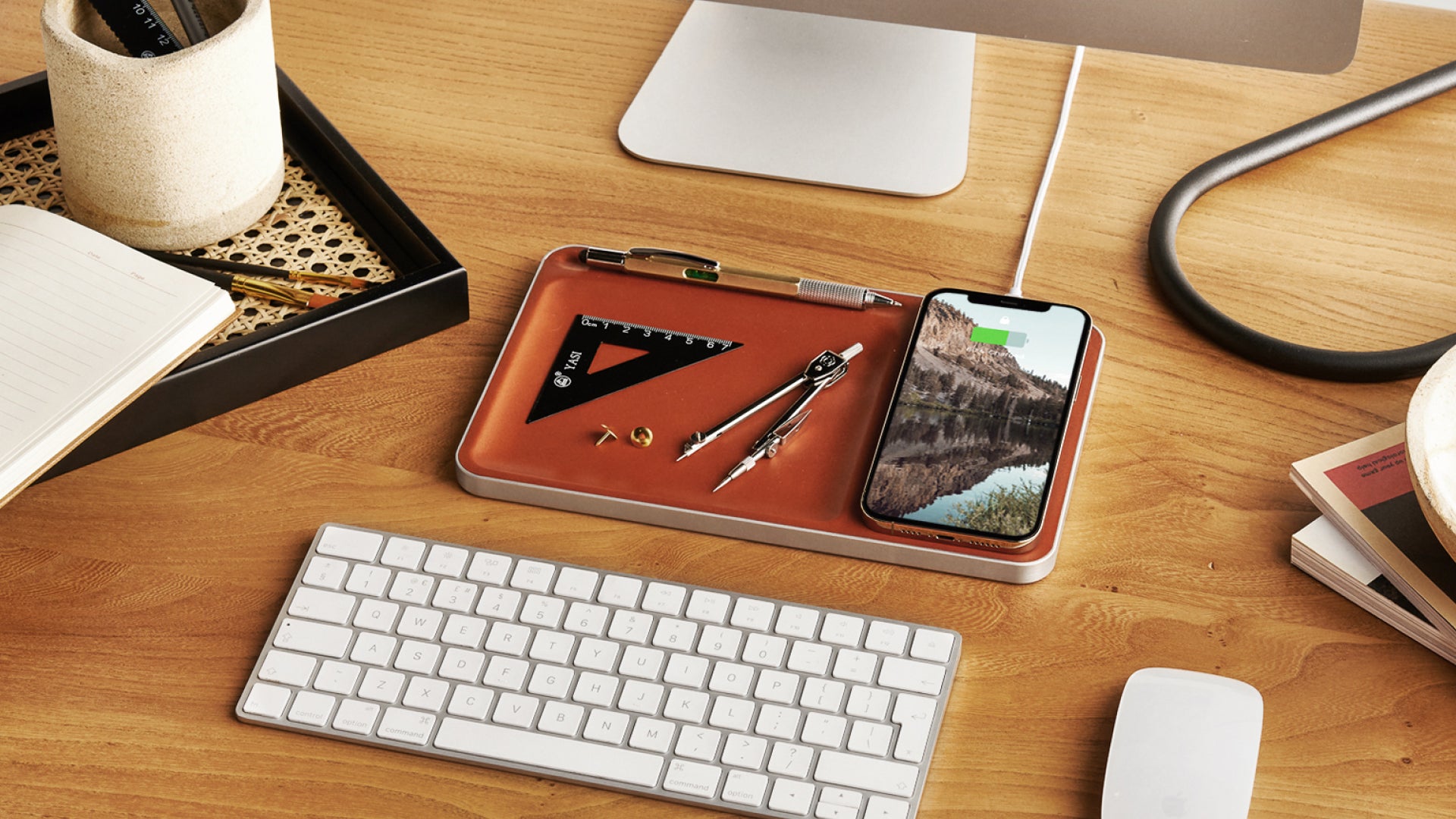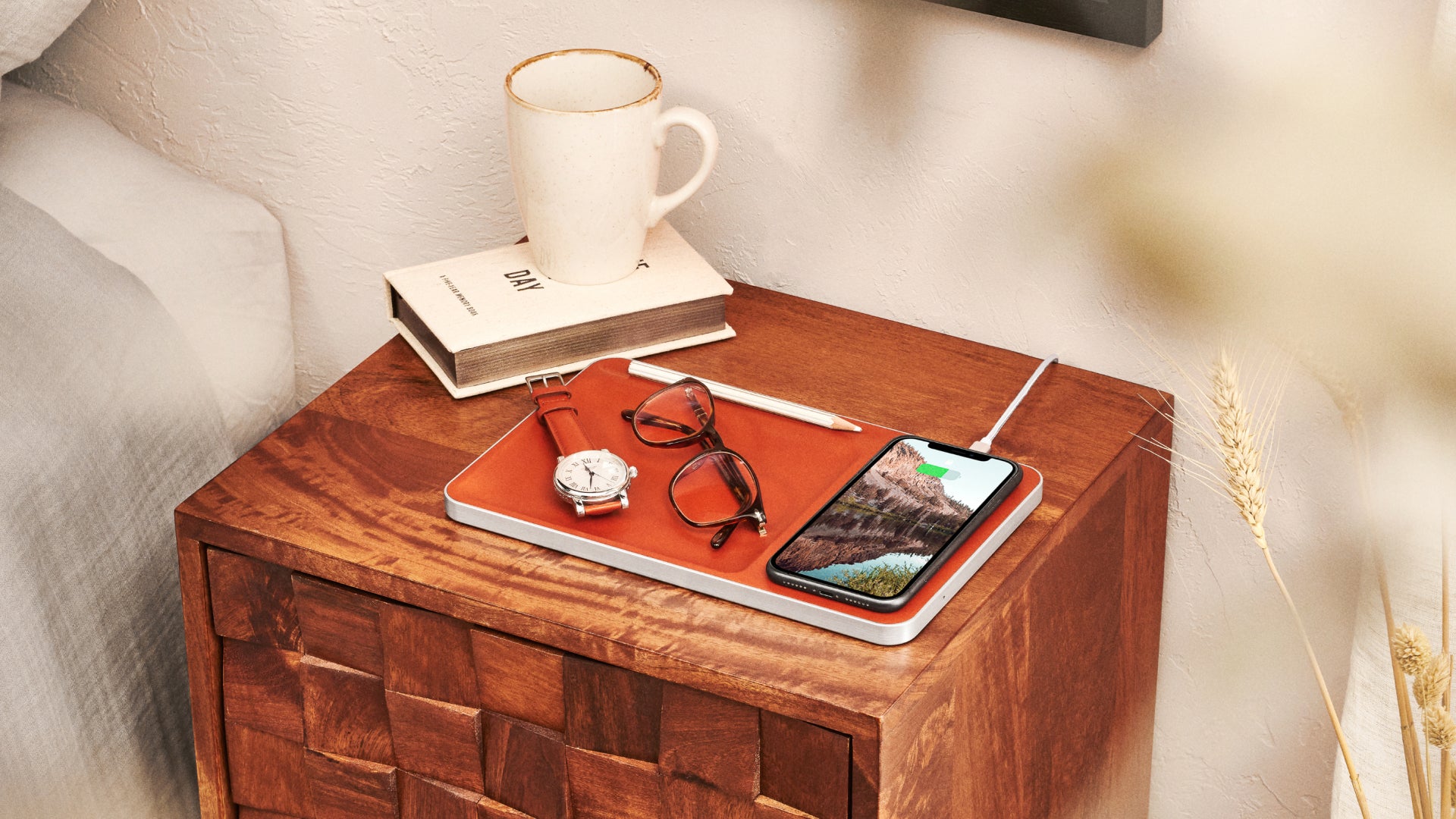No matter how much time has passed since their heyday, we are still delighted by the time-honoured charm and solid construction of vintage suitcases. In fact, you may have noticed that retro luggage is making a comeback — and it might be the right time to invest in one yourself.
While some are purchasing genuine vintage pieces, others are achieving the look via repurposed suitcases. Though old suitcase décor has remained popular, some trends involve taking antique suitcases and putting them through an upcycling process to create a modern alternative.
Carl Friedrik has always been interested classic luggage designs, so we’ve researched the history of these pieces, the latest trends and the reasons why you should start using a vintage travel case.
Keep on reading to explore the world of vintage suitcases and why you should embrace them.

What is a vintage suitcase?
Suitcases have changed a lot in the 200 or so years they’ve been used, however, true vintage suitcases generally share a similar aesthetic and build.
So what are vintage suitcases made from? The earliest forms were bulky and often produced from premium leather, wood and featured heavy iron bases. This probably sounds completely impractical, and that’s because it was. Suitcases weren’t yet designed to be lightweight and easy to carry: early models had to withstand travel on steamships and needed heavy-duty outer protection. Some versions even incorporated tree sap or canvas waterproofing.
The typical vintage suitcase is rigid, trunk-shaped and has flat sides (this is probably the image you have in mind when the topic is mentioned). Unlike contemporary cases, early versions never incorporated wheels.
But, why are they coming back into fashion if they’re so impractical? Well, these suitcases have always been associated with luxury, as it was only wealthy upper-classes who used them when they were initially produced. Early suitcases were commonly found in stylish coordinated sets, adding to the appeal of owning them. They were also made from the highest-quality materials of the period and affirmed your status in society, too.

Pros and cons of vintage suitcases
Interested in buying a vintage suitcase? Here are some of the main advantages and disadvantages.
Advantages
- Old-fashioned luggage has a retro appeal and is coming back into style.
- Generally a lot of space for clothes and they are easy to pack.
- You will keep your vintage suitcase for years as a keepsake. It will only grow in sentimental value.
- These cases stand out from the crowd (no time spent identifying which one is yours).
Disadvantages
- Likely to be heavier and less durable than modern alternatives.
Retro luggage options rarely come with wheels, making them harder to manoeuver. - Older suitcases need fairly frequent maintenance to keep them in good condition.
- Generally expensive to purchase.
- Should you opt for a vintage case, you have to accept that they may display more wear and tear as they’re older.
We hold the view that vintage suitcases are generally unfit for the demands of modern intensive travel. After all, some date back over a century ago. As such, we suggest they are best enjoyed as interior design pieces or perhaps for short domestic trips.

A brief history of vintage suitcases
The story starts with upper-class European elites of the 18th century. They had a range of servants to help them carry their luggage, favouring bulky trunks that were the early precursor to the vintage suitcase. A good example of this in action was the Grand Tour, an enlightening trip young gentlemen took around Europe at the end of their education. Coaches were taken to transport the trunks, so there was no need to streamline the design in this period.
A well-known influence on early luggage is the fashion brand Louis Vuitton. In 1854, the brand opened their first Paris-based store and by 1859 they were creating iconic luggage in the mould of a typical vintage case. In 1896, after Louis Vuitton’s death, the company started fashioning their receptacles with the signature monogram print. This creation helped to popularise suitcases among society’s elite.
By the end of the 19th century, there was a higher standard of living for the lower classes and mass tourism was beginning to take off. In 1900, hotels in Switzerland were recording record numbers of overnight guests and thousands flooded to British beaches in the summer. Travel was more accessible for middle and lower-class people, so luggage needed to be too.
These new suitcases were easier to carry than trunks, but they’re still bulky when compared with today’s models. The new design featured leather and rubbery cloth or wicker over a steel or wooden frame. The corners of these new models were rounded with leather or brass caps and featured a side handle for carrying. They still boasted a flat design and many were waterproof like their predecessors, until steamship travel declined in the 20th century.
As air travel expanded in the 1920s, suitcases carried on evolving too. Models became lighter and more portable to fit in aeroplanes without hassle. By the 1960s, suitcases were starting to be manufactured from materials like plastic or synthetic fabrics and featured zippers instead of clasps. You could now purchase two sizes of suitcases: ‘check-in’ or ‘carry-on’. Wheels were also in use. The suitcase as we know it was starting to appear.

How to clean a vintage suitcase?
If you’re interested in buying a vintage suitcase and now wondering about general upkeep, here are some key tips and tricks.
- Experts suggest that a magic eraser is a great tool for removing scuff marks from leather luggage. Always be gentle, though.
- An alternative method for cleaning leather is to use a mild cleanser and an old toothbrush, which will allow you to thoroughly clean all latches and handles. Check out our article on restoring cracked leather for further information.
- Always remember to wipe luggage down with damp towels after cleaning.
- To clean the inside of the case, try vacuuming with the hose attachment to remove any crumbs or debris.
- If your luggage smells, try setting a bowl of baking soda inside and leave it there for a few days to remove any odours.

Table comparing vintage and modern suitcases
| Vintage suitcase | Modern suitcase | |
|
Materials used |
Manufactured with leather, wood and sometimes iron bases, too. | Tend to be created from polyester fabrics or plastic with steel frames. |
| Weight | Generally much heavier and more difficult to transport. | Often lighter and include wheels and handles for easy transport. |
| Durability | Need to be handled with care and well maintained. | Generally hardwearing, however, cheaper cases can break quite quickly. |
| Price | Expensive. | Prices range from affordable to expensive depending on the quality. |
| Aesthetic | Feature a classic design that is easily recognisable and looks luxurious. With premium materials and an iconic shape, these suitcases have a timeless look. | Produced using a range of materials and come in a variety of colours. Often feature sleek, rounded designs that contrast with traditional trunk-like models. |
How do you identify a vintage travel case?
Vintage suitcases can be quite valuable, so it’s no surprise that many try to sell fakes to make some quick cash. When you’re trying to invest in a retro piece of luggage, you want to ensure that what you’re paying for is real, and there are a few signs to look out for here.
It’s common to find counterfeit Louis Vuitton or Hermes cases on the resale market as many manufacturers replicate these products. Always be mindful before you purchase a designer vintage case, if it’s not from a reputable dealer make sure you do a thorough check.
Always look for a serial number. This could be found on the interior lining or in a pocket, so spend time examining. Each serial number is unique to the case, with no number ever repeated. This is a great way to verify your piece, however, note that not all vintage suitcases will have a serial number.
The existence of an old luggage tag can help you to work out who bought the suitcase or where they bought it. Old suitcases sometimes feature town identification stamps or royal warrant stamps, too. This can give you an idea about the age of the suitcase.
If you can’t find any notable marks and you’re still unsure, you can hire an appraiser or visit an antique specialist to get a professional opinion.
Carl Friedrik luggage
Here at Carl Friedrik, we take inspiration from the timeless designs of vintage travel cases. We incorporate vegetable-tanned leather detailing that ages and develops a patina, giving a hint of vintage charm. As well as embracing the aesthetics of aviation — including aviation rivets and aluminium lock frames — to provide a taste of luxury travel from the past.
Though we’re inspired by retro luggage, we fine-tune our designs for modern travel and contemporary tastes. The Carry-on is a polycarbonate cabin suitcase that is made to elevate life on the go. Our latest suitcase is The Carry-on X, which is fitted with a hard-shell exterior pocket for easily accessing travel essentials. For those who require extra room, The Check-in is spacious and durable yet easy to transport.

Takeaway
The vintage suitcase has a rich history and an elegant design evolution. Its development from the 18th century has changed the way we live for the better.
Want to explore our luggage collection in more depth? Check it out here.
